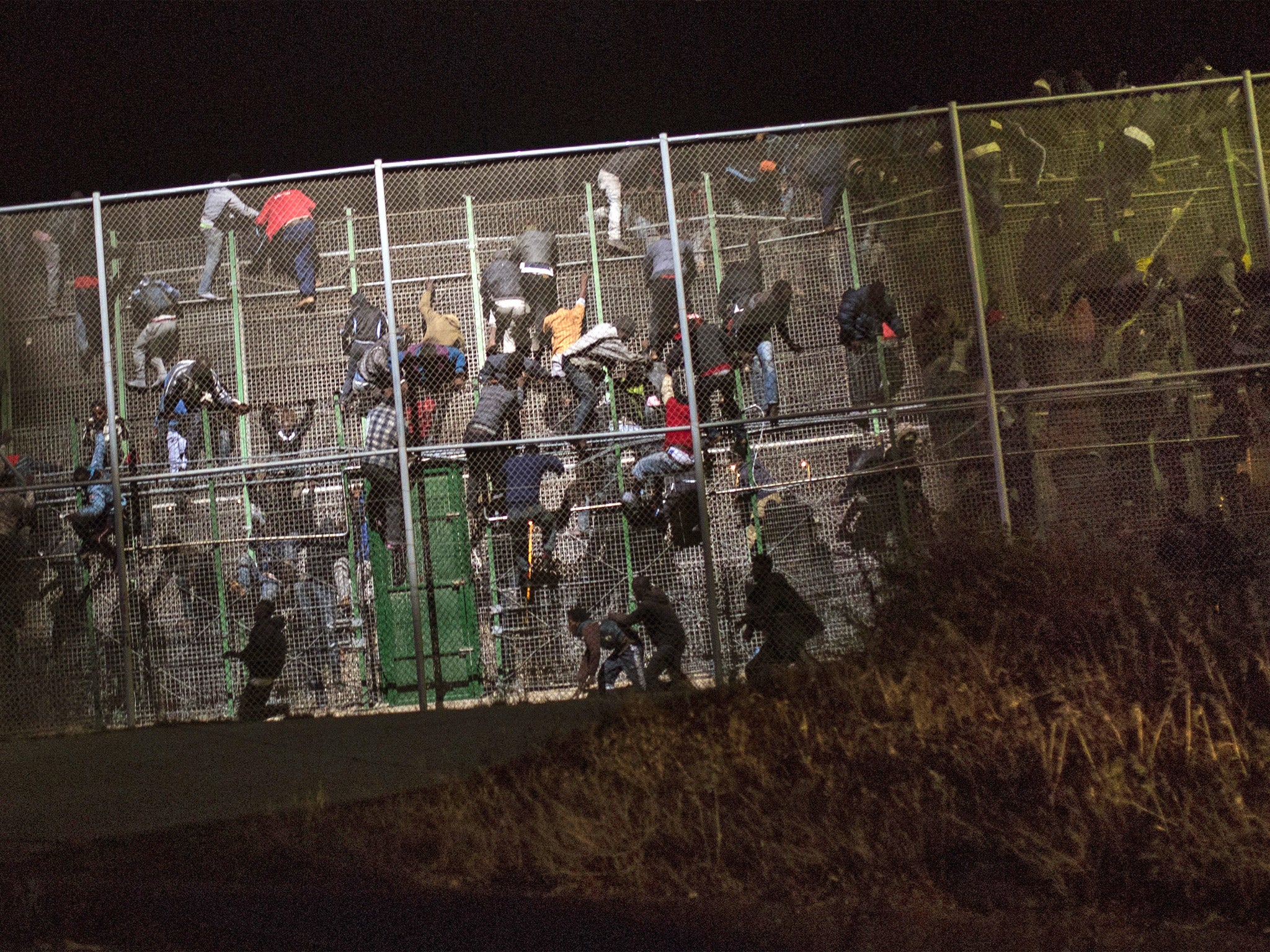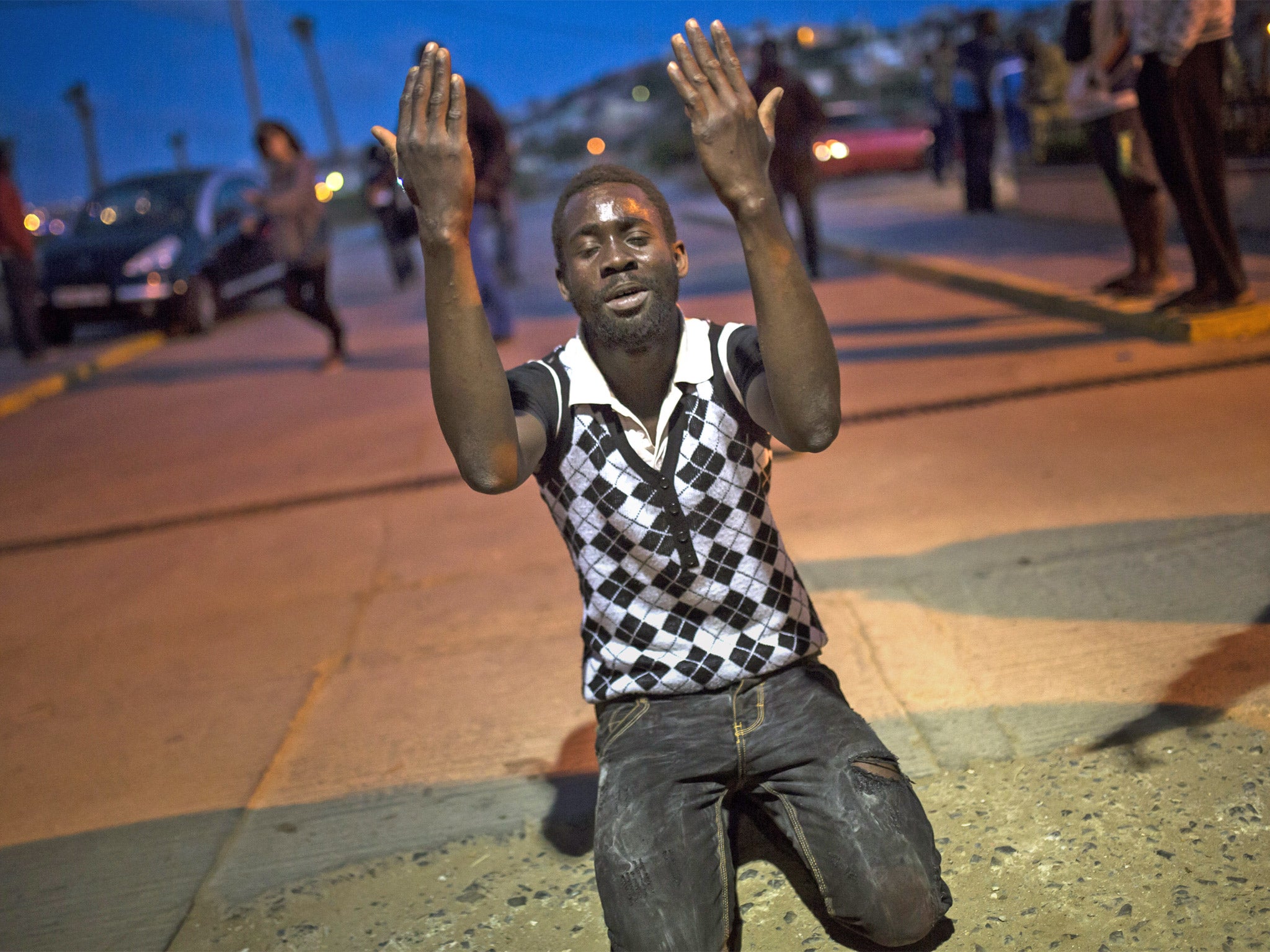Spain: Enclave’s fence gives way under waves of migrants

More than 1,000 would-be immigrants tried to forced their way over razor-wire barriers into Spain’s North African enclave of Melilla on Wednesday, with about half succeeding.
The Spanish government said about 500 people managed to breach the border between the enclave – which is officially part of Spain – and the Moroccan territory that borders it on the Mediterranean coast.
Immigrants from across Africa regularly attempt to cross the fences at Melilla and a second Spanish enclave along the coast, Ceuta.
Spain has beefed up security in the two enclaves in recent months as the numbers seeking to enter have swelled, in part a response to increased naval patrols that are discouraging attempts to get to Europe by boat.
“There were waves [of people], they were difficult to stop,” the enclave city’s mayor, Juan Jose Imbroda, said in a radio interview. “Moroccan police collaborated quite a bit, but the pressure was great. A chunk of the exterior fence gave way.”
Video footage from the Guardia Civil, the Spanish gendarmerie, and distributed by the government showed dozens of people clambering over a point in the tall wire fencing that had partly collapsed.
In March about 500 people forced their way across the Melilla border, and about 2,000 have managed to enter the 4.7 square mile enclave so far this year, up from just over 1,000 for the whole of 2013.
Those who get into Melilla are taken to the temporary migration centre, where they are usually fed and given clothes before Spain tries to work out whether they can be repatriated or are allowed to stay in the country.

The centre is designed to accommodate 500 people but is already sheltering about 2,000. Many of those housed there will make it to continental Spain, if they can successfully claim asylum or if the authorities cannot establish their nationalities.
Spain has been accused in the local media of trying to return would-be migrants to Morocco without processing them, something the government in Madrid has denied.
Talks on an EU-wide solution to the immigration problem have made little progress.
Reuters
Join our commenting forum
Join thought-provoking conversations, follow other Independent readers and see their replies
Comments